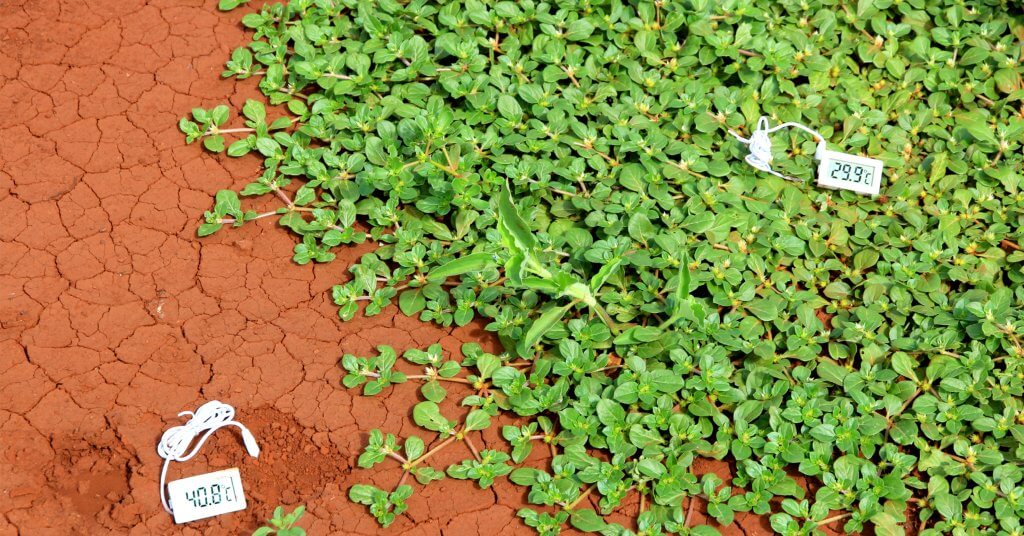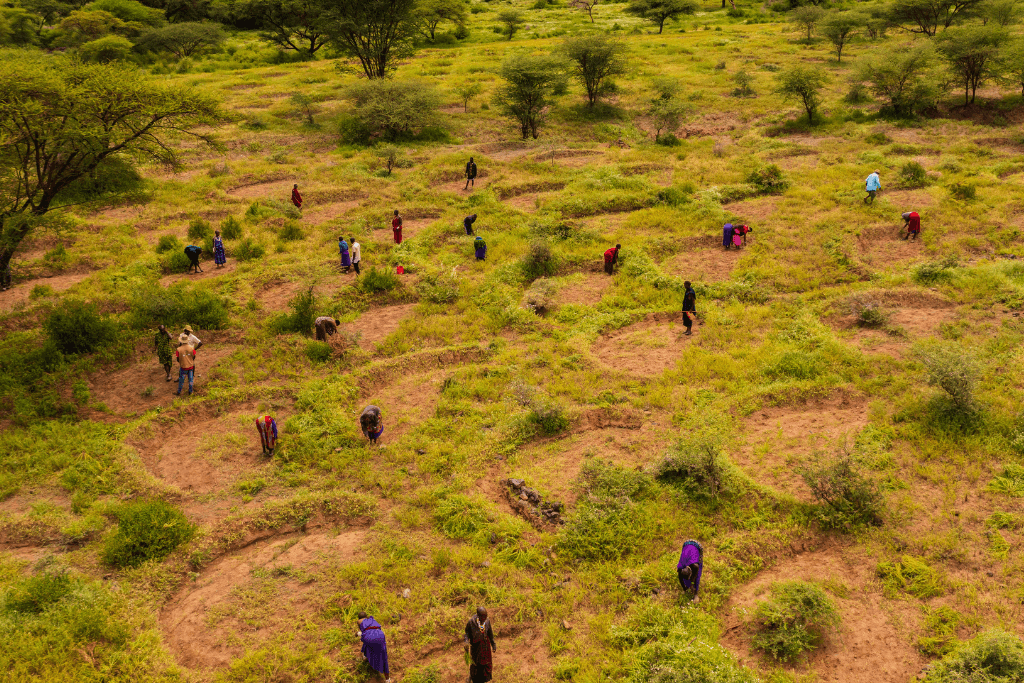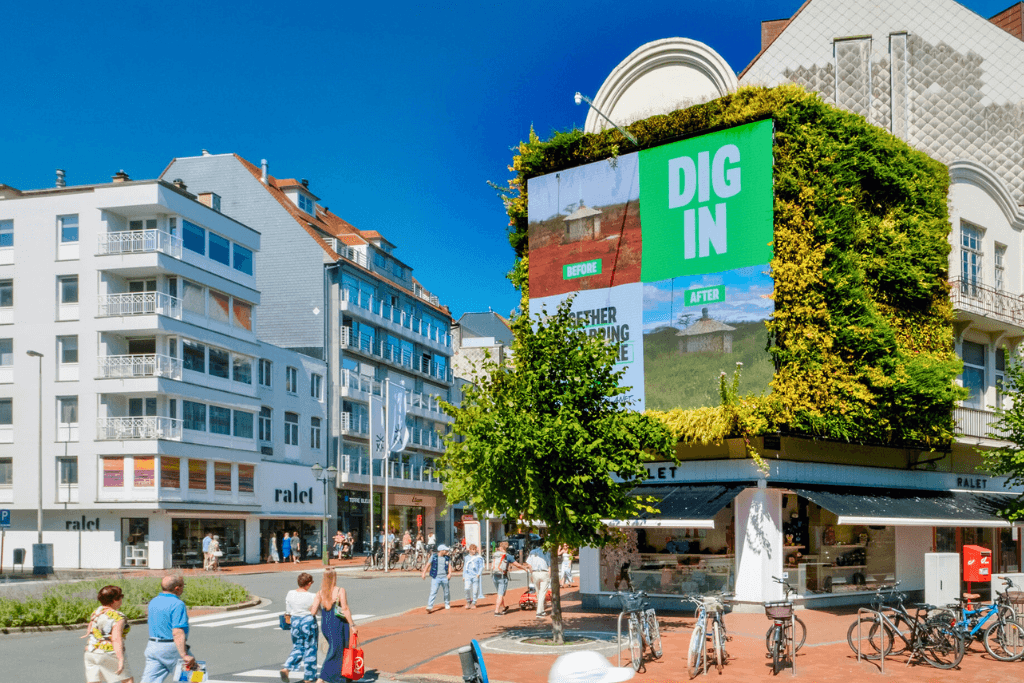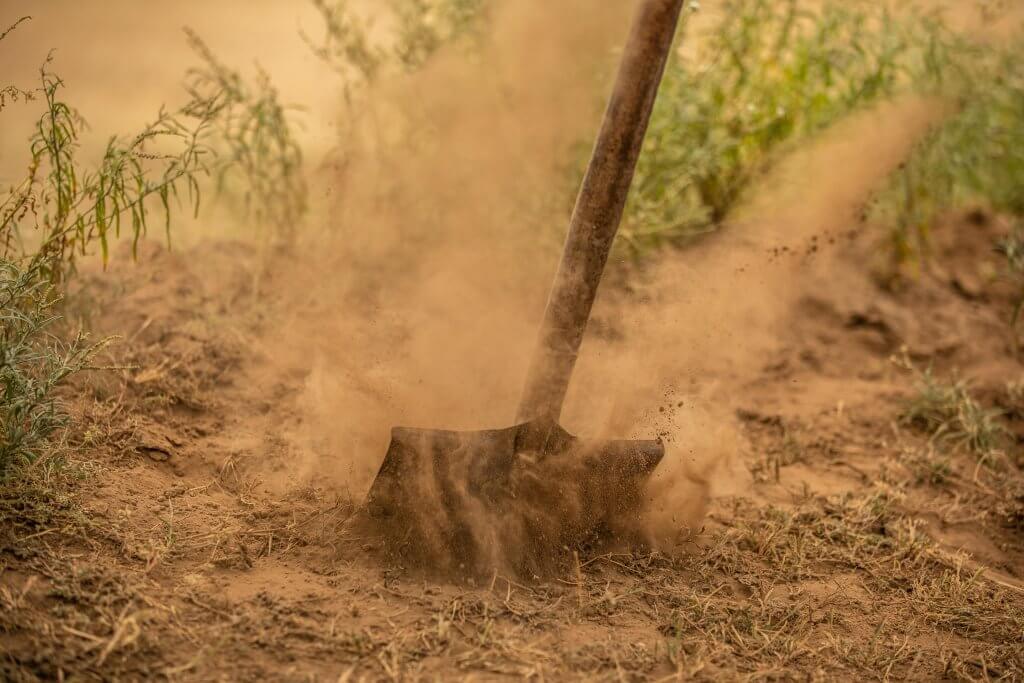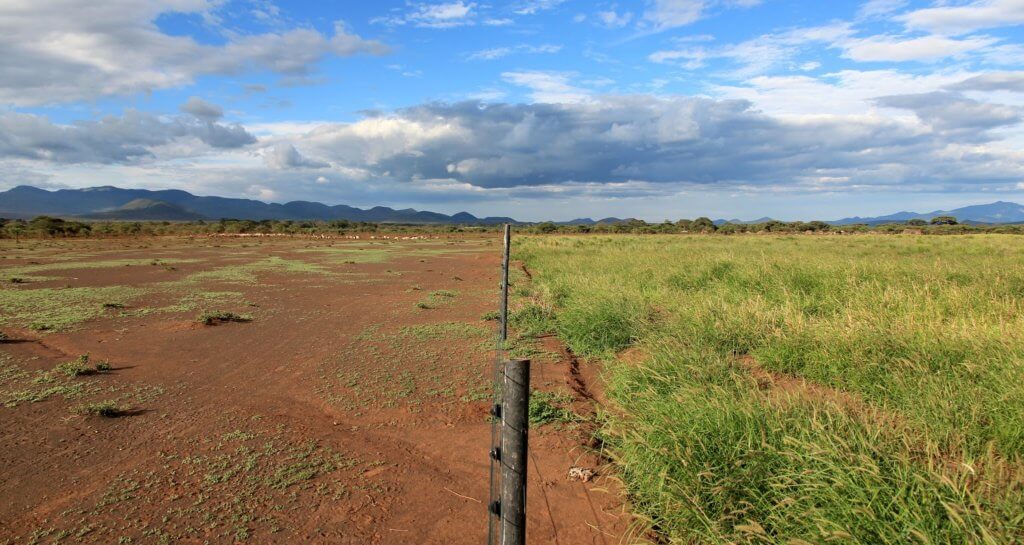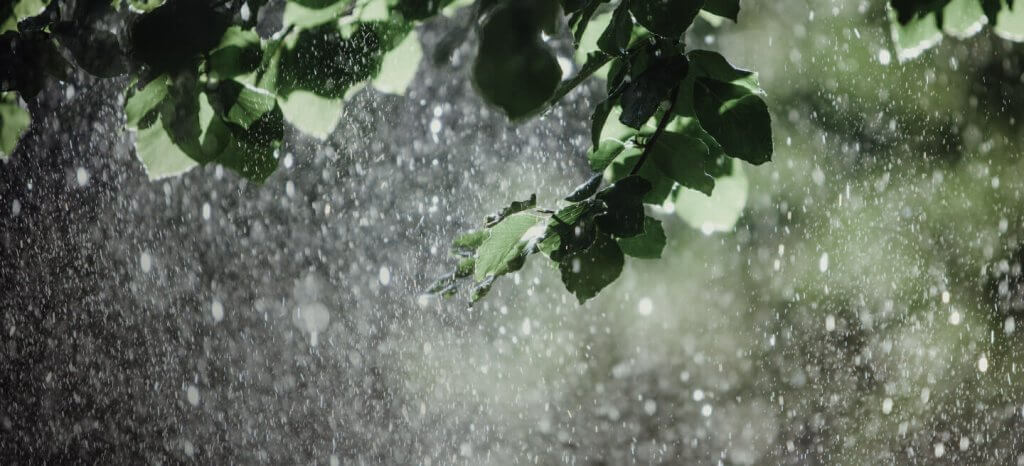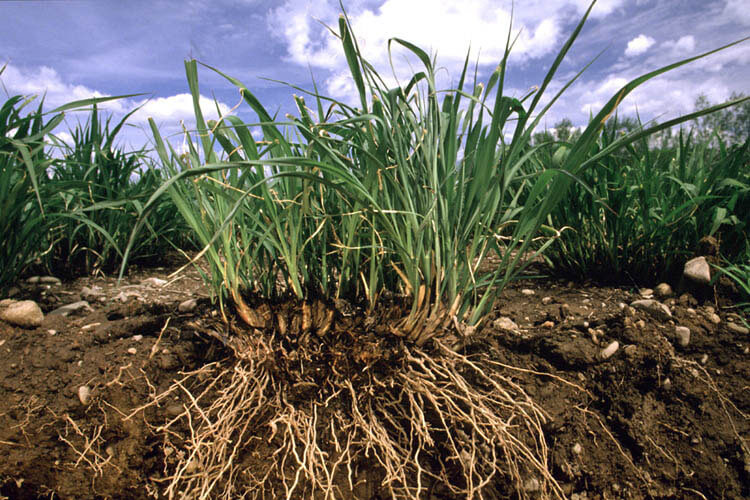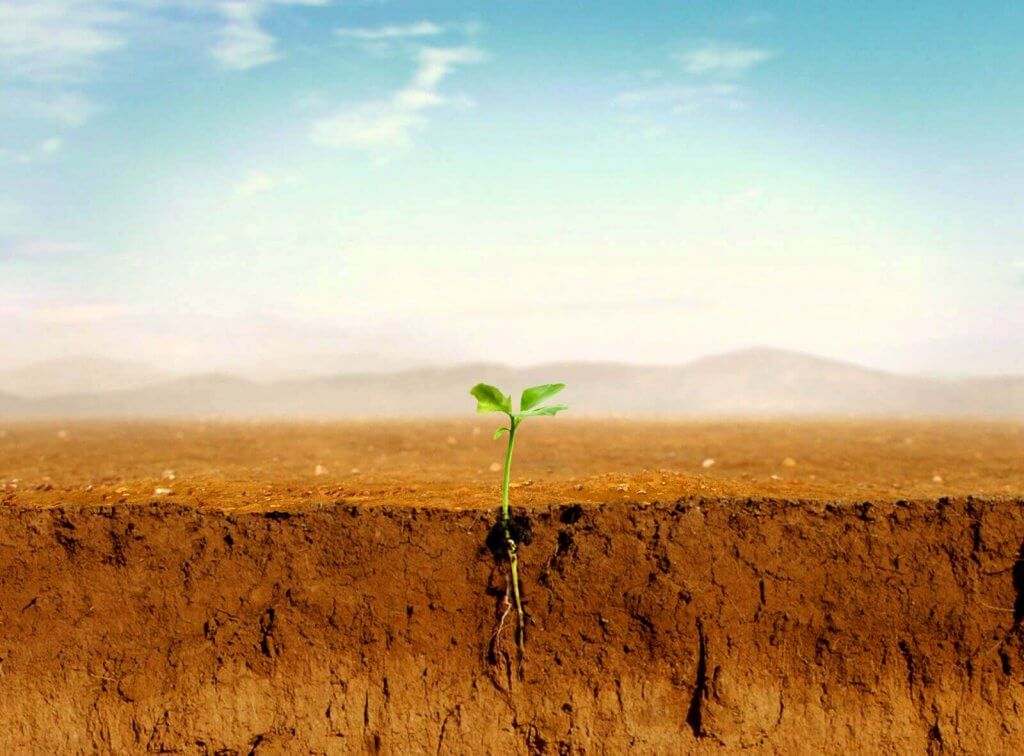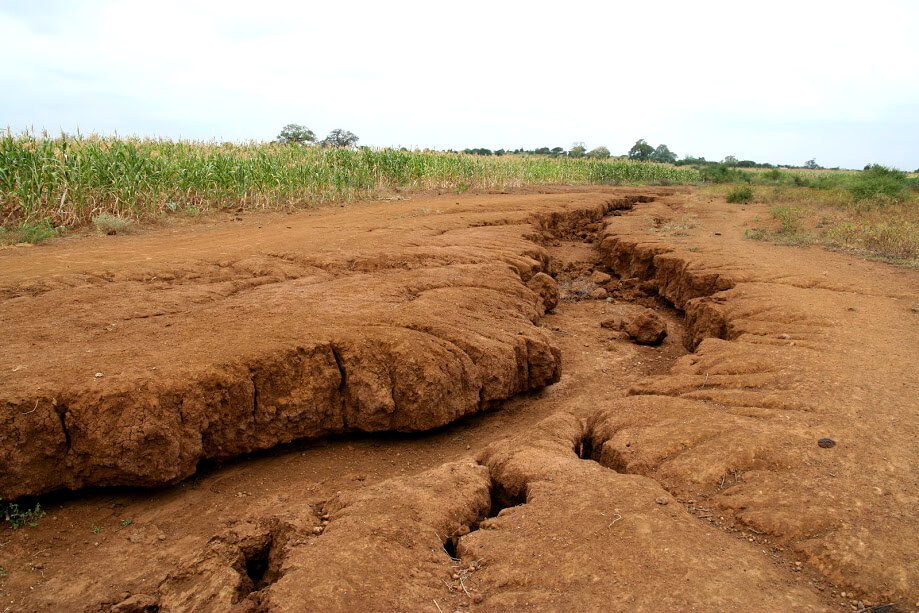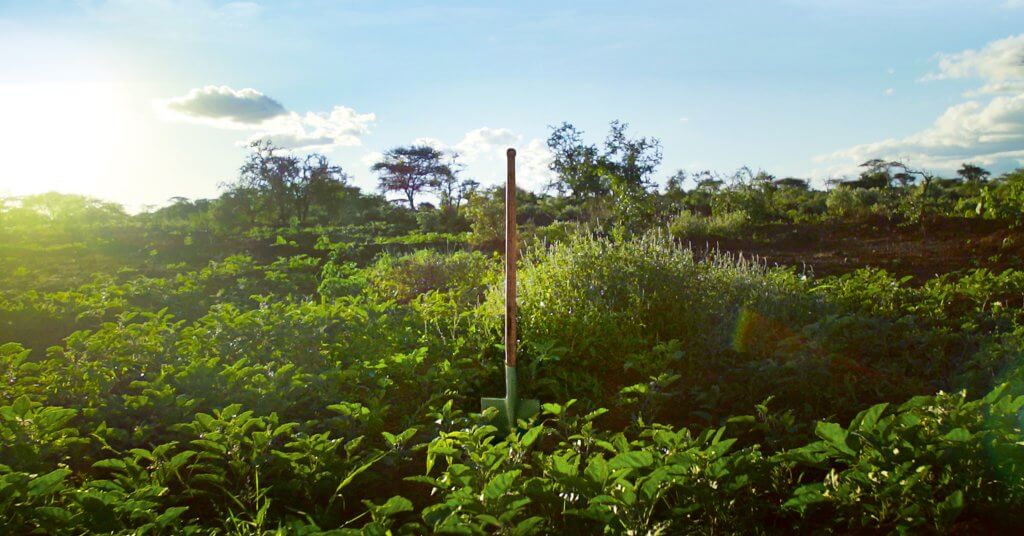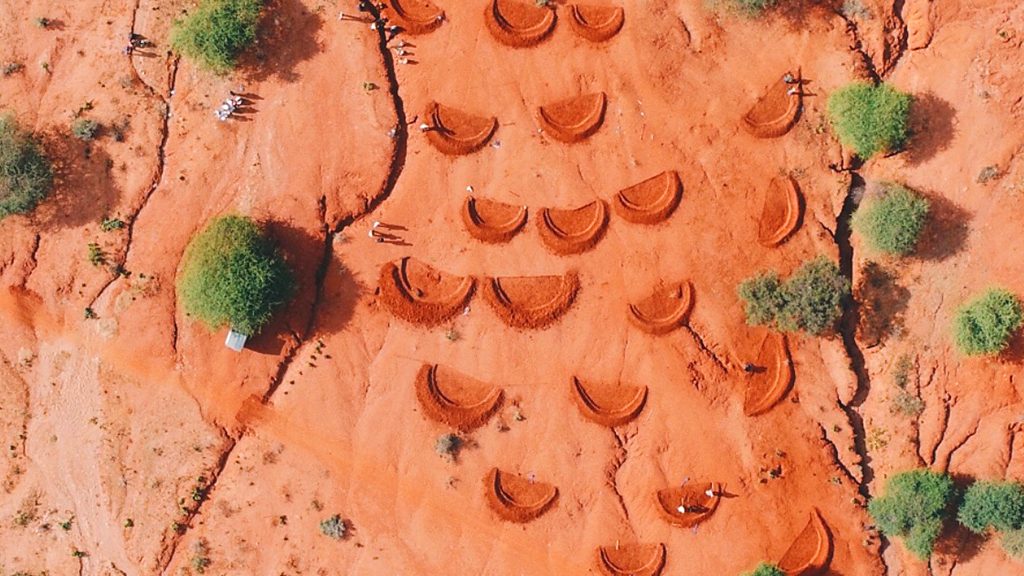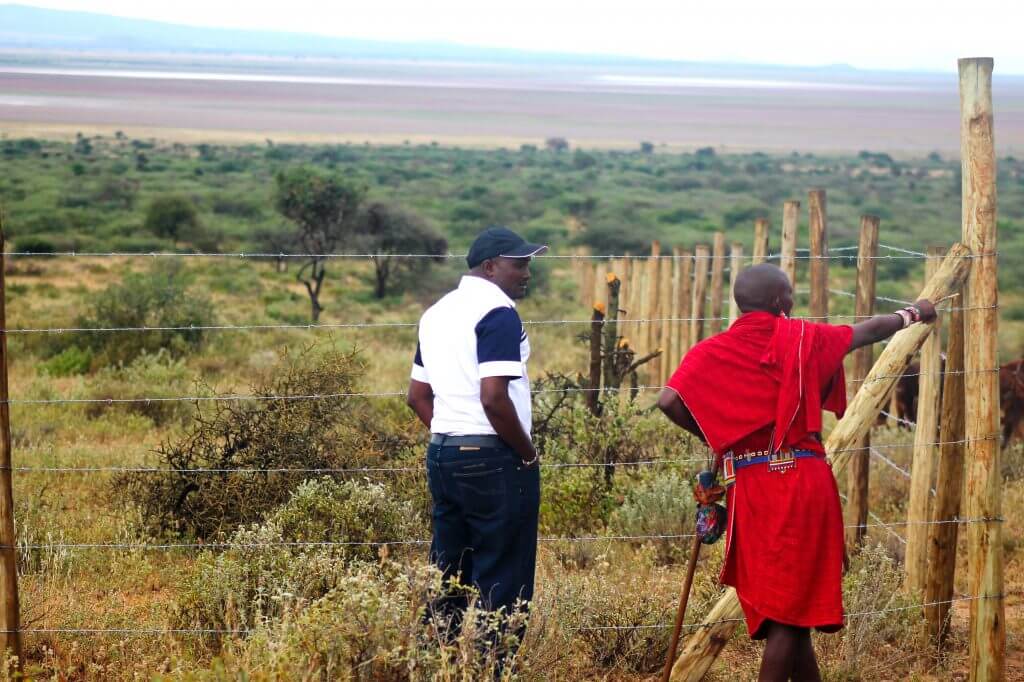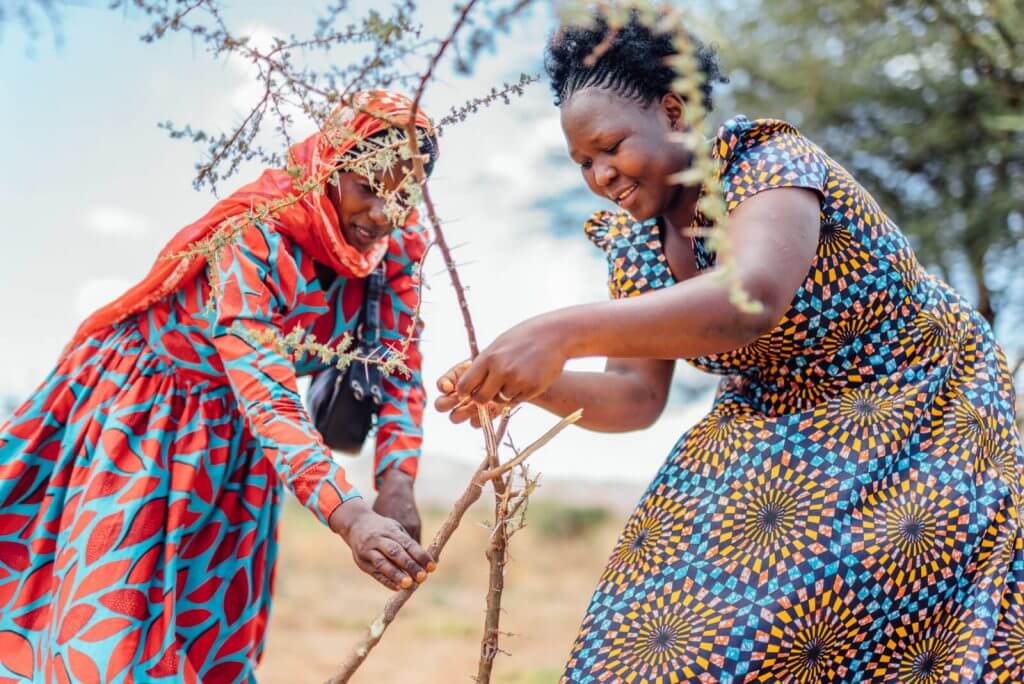Land degradation and decreased vegetation are a vicious circle. With the disappearance of vegetation, the return of new vegetation becomes increasingly difficult: there are fewer nutrients in the soil and water infiltration is inhibited due to the dry, hard top layer of the soil.
By using a diverse range of landscape restoration techniques, we can give nature a hand and bring back vegetation in these degraded areas. The presence of vegetation keeps the soil healthy and fertile, which allows plants and trees to keep on growing. When vegetation returns, it can help to restore an entire area!
